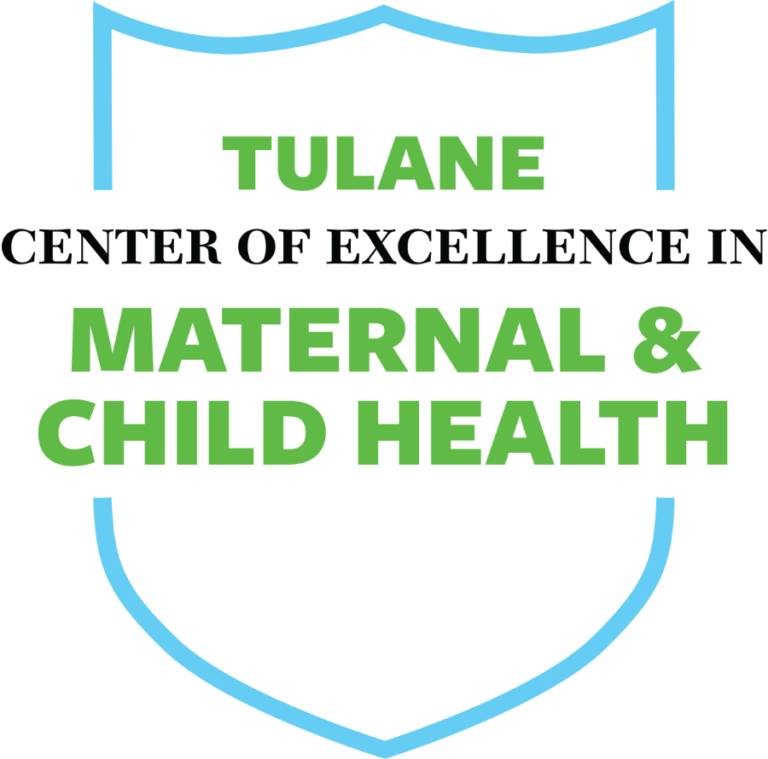By Liz Hasseld, BA
The first seminar I attended at AMCHP also happened to be my favorite. The long title of the workshop made me a bit overwhelmed at first, “Using Quality Improvement Tools to Uncover the Root Causes of Health Systems Issues” but I soon settled in to learn.
The first step in the process of prioritizing your organization’s needs is to create an initial list of problems. This will usually take a facilitator to manage your group (whether it’s internal or also involving stakeholders). After you have formed the areas of need, you then place them on the ‘impact matrix’. These four boxes consists of ‘easy wins’ (high impact and low difficulty), ‘slogs’ (high difficulty and low impact), ‘difficult wins’ (high impact, high difficulty), and easy less effective wins (low impact and low difficulty). After this difficult process is done through consensus, the group picks its top three areas it wants to focus on. An additional tool that can then be used by organizations is the ‘fish bone’. This tool helps break down all the causes of specific problems. There was a speaker that recounted her real life use of these tools. She was from the Mississippi health department and this process took her organization months to complete, but the rewards were high. Each person involved now takes pride in the focus areas and it built consensus and collaboration among her team. I genuinely feel like I can use these tools in my professional life and I really gained a skill after this session.
For a better visual of the impact matrix and fish bone, check out these links:
http://terry-freedman.org.uk/artman/uploads/input_impact_matrix.gif
Liz Hasseld, an MCHLT Scholar, will be graduating in Summer 2015 with an MPH concentrating in Maternal and Child Health. Her interests include migrant and refugee health, reproductive health, and achieving health equity through policy. As an ESFJ, she loves to travel and meet new people and is slowly teaching herself Spanish.
